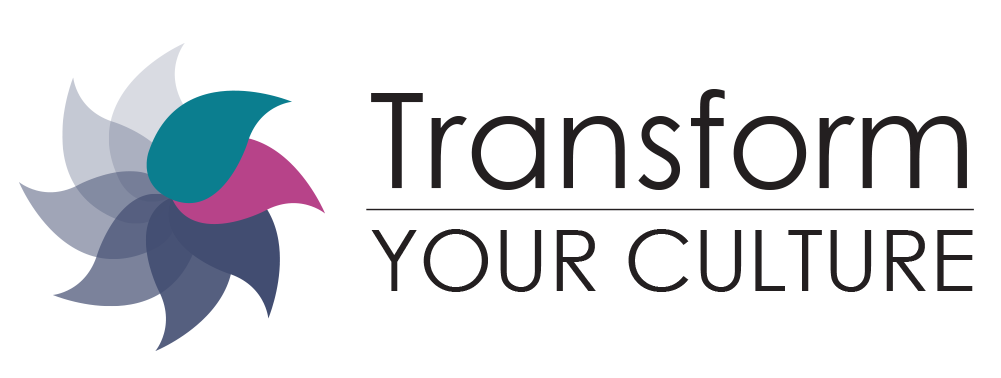In our fast-paced world, maintaining high levels of productivity and mental clarity is not just an advantage; it’s a necessity. Every minute counts for busy professionals juggling deadlines, meetings, and personal life. Amidst the chaos, power naps emerge not as a luxury but as a powerful tool to rejuvenate the mind and body. But how exactly do these brief periods of rest contribute to better performance?
Understanding the Science Behind Power Naps
Power naps, typically 10 to 20 minutes long, can significantly enhance cognitive functions, including memory retention, creative problem-solving, and decision-making skills. According to a NASA study on sleepy military pilots and astronauts, a 40-minute nap improved performance by 34% and alertness by 100%. Although the ideal length can vary depending on individual needs, shorter naps generally prevent you from entering deep sleep, making it easier to wake up refreshed rather than groggy.
When we nap, we allow our brain a momentary respite. Even brief naps can reduce information overload, allowing our cognitive processes to consolidate memories and clear out irrelevant information. This reset boosts learning capacity, heightens sensory perception, and aids in emotional regulation.
The Benefits of Incorporating Power Naps into Your Routine
Enhanced Productivity and Focus
The primary benefit of power napping is the noticeable boost in productivity and focus that follows. After a nap, the mind becomes more adept at filtering distractions, enabling you to concentrate more intently on your tasks. This heightened focus can lead to more efficient work and better outcomes.
Improved Memory and Learning
Napping also plays a significant role in memory consolidation. During sleep, recently learned information is transferred from short-term to long-term memory, facilitating learning. A quick nap after a learning session can thus solidify the information acquired, making it easier to recall later.
Increased Creativity and Problem-Solving
Besides the cognitive benefits, power naps can also enhance creativity. Resting allows the brain to make new connections and come up with creative solutions to problems. This can be particularly beneficial for professionals who rely on innovation and creativity in their work.
Better Mood and Emotional Regulation
The restorative power of napping also extends to emotional health. A brief rest can mitigate stress and reduce the risk of burnout, leading to a more balanced and positive outlook. This not only improves your quality of life but can also enhance interpersonal relationships and professional interactions.
How to Incorporate Power Naps into Your Busy Schedule
Incorporating power naps into a busy schedule may seem challenging, but with some planning, it’s entirely feasible. Here are a few tips:
- Timing is Key: The best time for a power nap is during the post-lunch dip in alertness, usually between 1 PM and 3 PM. Napping later can interfere with nighttime sleep.
- Keep it Short: Aim for a 10- to 20-minute nap to avoid sleep inertia, the grogginess felt after waking from deep sleep.
- Create a Restful Environment: Find a quiet, dark place where you can relax without interruptions. Use a blanket if necessary; body temperature drops during sleep.
- Use a Timer: Set an alarm to ensure you don’t oversleep. A 20-minute limit is ideal for getting the benefits without affecting your night’s rest.
Overcoming Common Obstacles to Power Napping
Integrating a power nap into your workday can be particularly advantageous for working from home. The comfort and privacy of your home provide the perfect setting for a restful break. To make the most of this, establish a dedicated, tranquil, comfortable napping space away from your workspace to mentally differentiate rest time from work time. This refreshes you for the latter part of your day and helps delineate clear boundaries between work hours and rest periods, promoting a healthier work-life balance.
For those working in an office, taking a power nap can seem more daunting, yet many companies now recognize the benefits of rest for productivity and creativity. If your workplace has no designated rest area, consider using a quiet break room or an unoccupied meeting room. Inform your colleagues or supervisor about your need for a quick rest to ensure you’re not disturbed. Some companies even encourage this practice by providing reclining chairs or nap pods. Remember, the stigma around napping is swiftly changing, with a growing understanding that a brief rest can significantly boost afternoon performance and morale.
Making power naps your secret weapon
Power naps can be a game-changer for busy professionals looking to maximize their productivity and maintain high levels of mental clarity. Understanding the science behind power naps and learning how to incorporate them into your daily routine effectively can unlock a powerful tool for enhancing your professional and personal life. Remember, in a world that praises constant activity, sometimes the best thing you can do for your career is to take a step back and rest, even if it’s just for a few minutes.


